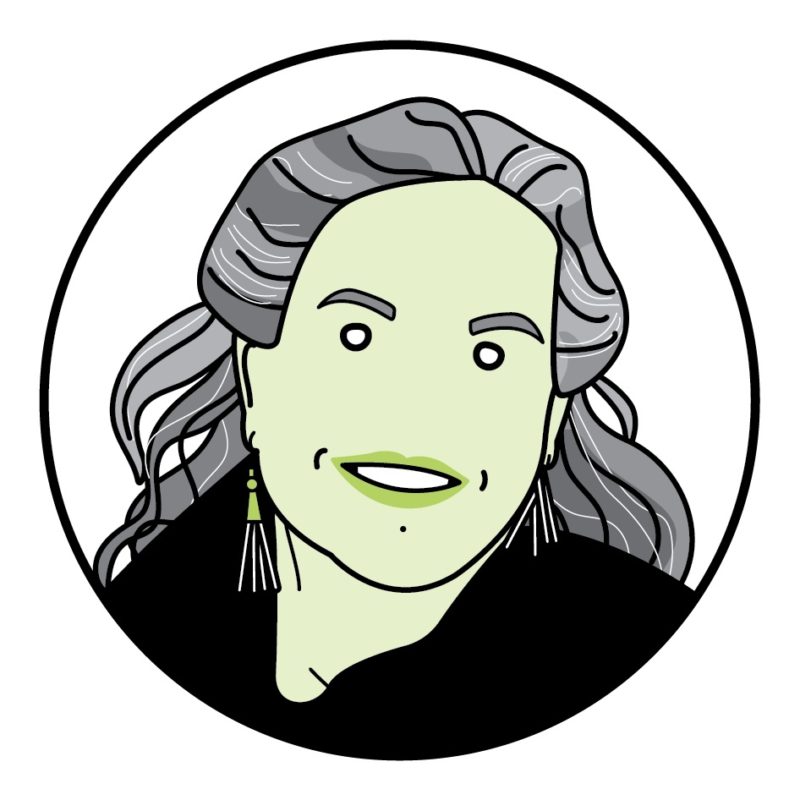What is it and how is it that we want to remember? As I sit here, it feels like we are in the midst of several different kinds of reckonings. The pandemic is still very much real. In Portland, Oregon, the wildfire smoke has just barely cleared. Only a few days ago, because of the smoke, I dared not venture outside without a mask. Many of us are grieving the death of Ruth Bader Ginsburg. Despite health hazards, the protests also rage on. And in this time, I think about the gifts these wounds might offer us: that there is medicine everywhere, that grief allows us to be more open to the mysteries of loss, that grief offers us clarity and wholeness of presence. Aren’t we here still? Don’t we yet breathe? Today, isn’t that still everything?
In this time of intense grief, Robin Wall Kimmerer’s work resonates with the wisdom of the entire plant world, its past and present and future. Plants are not simply of the world, passively shaped by external forces—they are world-builders, and they make it possible for the rest of us to exist. Through Kimmerer, I have learned to be more present with plants, with mosses—to learn from and with them. I am reminded that the verb “to be” can be thought of as “to make world”; that we cannot separate ourselves from the matter of the rest of the world, and that each and every encounter changes us. Her first book, Gathering Moss: A Natural and Cultural History of Mosses (2003), pushes readers to expand their perception outward (and downward). Today, Kimmerer, sixty-seven, continues to introduce students to the world of mosses as a professor of environmental and forest biology at the State University of New York College of Environmental Science and Forestry.
You have reached your article limit
Sign up for a digital subscription and continue reading all new issues, plus our entire archives, for just $1.50/month.
Already a subscriber? Sign in





